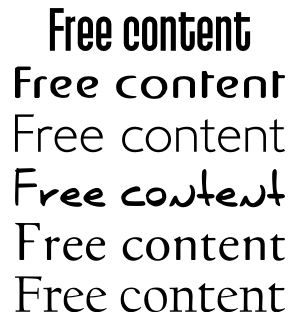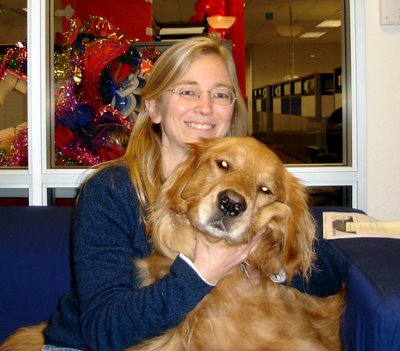I advertise a niche product, and I'm the only advertiser on many of my keywords. I thought I could bid the minimum CPC of $0.01 on those keywords, and have my ad show. Yet, my minimum bid is much higher. What's up with that?
Good question. Let's start by first defining what minimum bid really means:
The minimum bid, also known as the minimum CPC, is the least that one can pay to have an ad appear for a particular keyword in a particular account. It is very important to know, however, that one's minimum bid is entirely unrelated to how many other advertisers are using the same keyword. Instead, since August of 2005, the minimum bid has been quality based. To put it simply, the higher the Quality Score of a keyword, the lower one's minimum bid will be for that keyword.
So, very low minimum bids are earned by creating highly relevant ad text and keywords that get outstanding Quality Scores. And only the most relevant keyword and ad text combinations will earn a minimum bid of $0.01 (or its equivalent in other currencies).
It's worth noting that every keyword has a minimum bid that is unique to how successfully that word has been used in an advertiser's particular account. So the minimum bid for the keyword 'Kansas City BBQ sauce' will be different in your account than in your next door neighbor's account, who happens to be using the same keyword.
How can you lower your minimum bid? The short answer is to improve your Quality Score by optimizing your ads.




